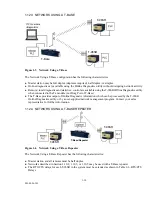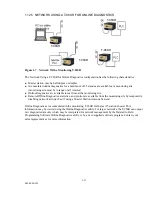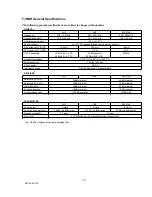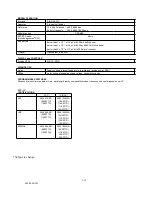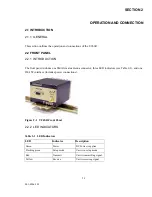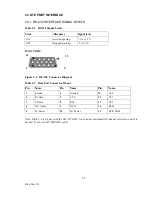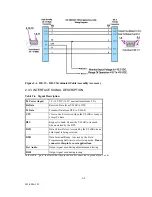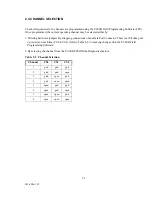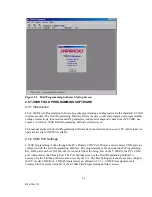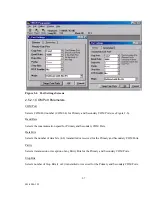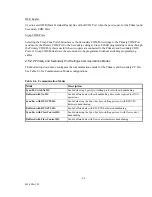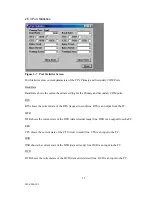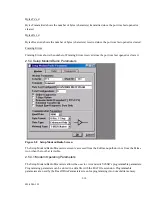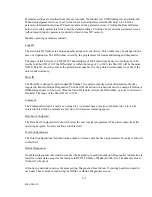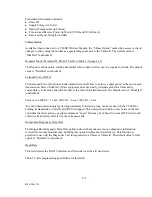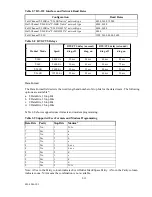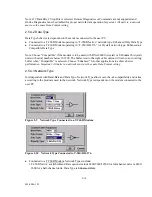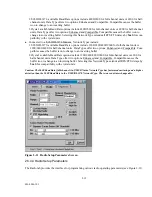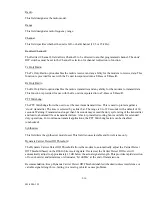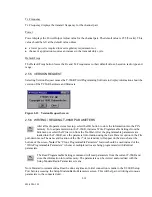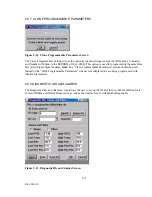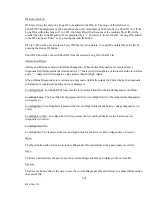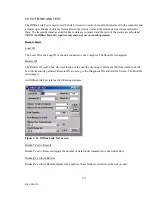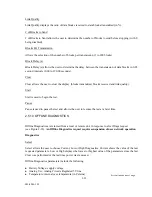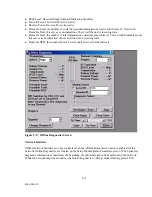
2-8
001-4006-101
DTR Enable
Used to assert DTR (Data Terminal Ready) line of the RS232 Port when the port is open for the Primary and
Secondary COM Ports.
Swap COM Ports
Selecting the Swap Com Ports button moves the Secondary COM Port settings to the Primary COM Port
(and moves the Primary COM Port to the Secondary settings). Since T-96SR programming is done through
the Primary COM Port, this is useful when two units are connected to the Primary and Secondary COM
Ports. A Swap COM Ports allows the second unit to be programmed without switching programming
cables.
2.5.2.2
Primary and Secondary
Port Settings Communications Modes
The Mode drop down menu configures the communications mode for the Primary and Secondary PC Port.
See Table 2-6 for Communication Modes configurations.
Table 2-6 Communication Modes
Mode
Description
Sync/ESC with No HS
Sends data using Sync/byte-stuffing protocol without handshaking.
Buffered with No HS
Sends buffered data without handshaking (this mode required for DOX
operation.)
Sync/Esc with RTS/CTS HS
Sends data using the Sync/Esc byte-stuffing protocol with RTS/CTS
hardware handshaking.
Buffered with RTS/CTS HS
Sends buffered data with RTS/CTS hardware handshaking.
Sync/Esc with Flow Control HS
Sends data using the Sync/Esc byte-stuffing protocol with flow control
handshaking.
Buffered with Flow Control HS
Sends buffered data with flow control hardware handshaking.




